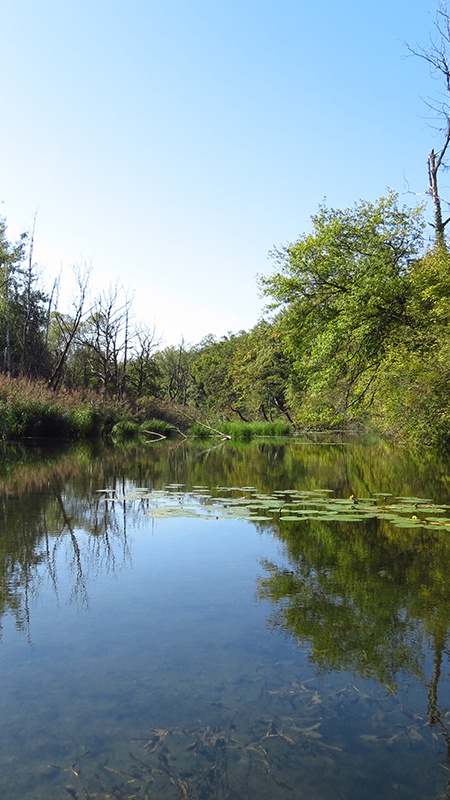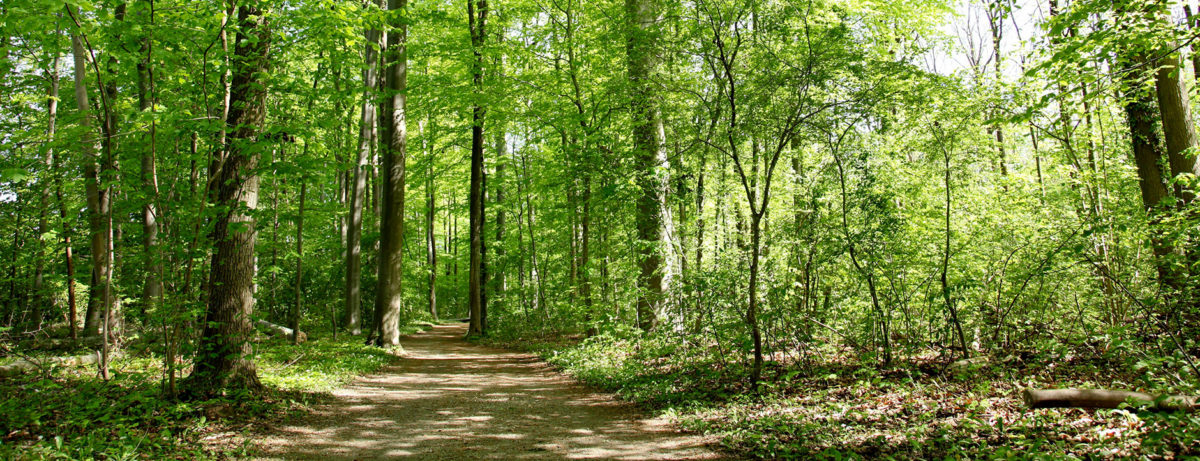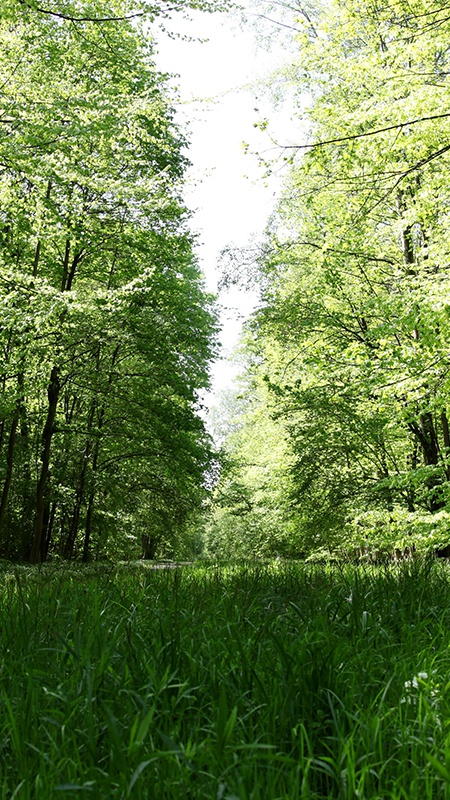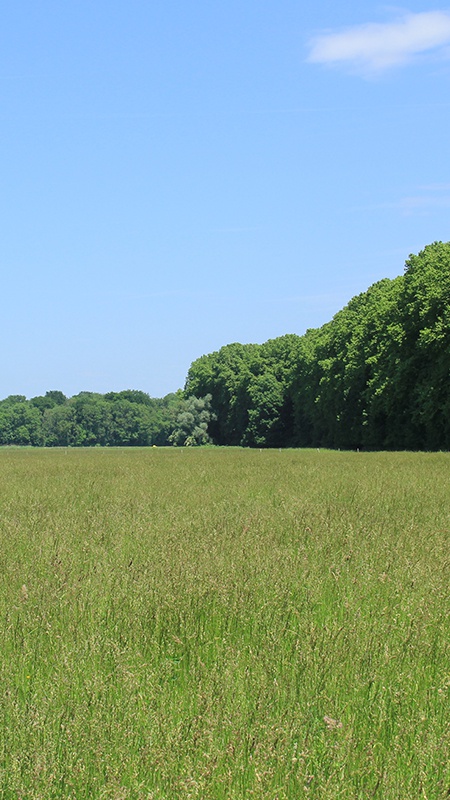

Robertsau-Wantzenau Forest
A forest shaped by humans, the Ill and the Rhine
The peri-urban forests have been massively disrupted over hundreds of year by, on the one hand, the correction of the Rhine and, on the other, the forest management policy in place. This forest has not been logged since the 1980s.
Today, Robertsau-Wantzenau Forest is the legacy of the past silvicultural policy and the corrected Rhine, whose habitats can be differentiated in relation to their distance from the high-water dike.
The afforestations situated east of Allée de la Digue were still regularly flooded by the river until the late 1960s, i.e. before the dike on the Canal d’Alsace was built. There you can find three dynamic stages typical of the Rhine alluvial forest:
- Elm grove-oak grove characteristic of the hardwood alluvial forest. Nomenclature: Natura 2000 91F0 Riparian mixed forest of Quercus robur, Ulmus laevis, Ulmus minor, Fraxinus excelsior and Fraxinus angustifolia along the great rivers (Ulmenion minoris);
- Oak-hornbeam-lime grove characteristic of alluvial forests at the intermediate stage. Nomenclature: Natura 2000 91F0 (9170) Galio-Carpinetum oak-hornbeam forests (hornbeam forests with Carex alba from the Rhine terraces consolidated with Querco-ulmetum or Muller and Görs’ Caricitilietum),
- Salix alba and Populus alba galleries characterizing the pioneer stage of the softwood forest. Nomenclature: Natura 2000 91E0 Alluvial forests with Alnus glutinosa and Fraxinus excelsior (Alno-Pandion, Alnion incanae, Salicion albae)
The afforestations located west of Allée de la Digue present strong Ill influences but are also marked by confinement (absence of Rhine flooding for past 150 years). Consequently, the forest is an intermediate forest between the Rhine hardwood forest and the alluvial forests typical of the major bed of the Ill. You can find two habitats of community interest there: 91F0 and 91F0 (9170).

Rich and diverse environments


